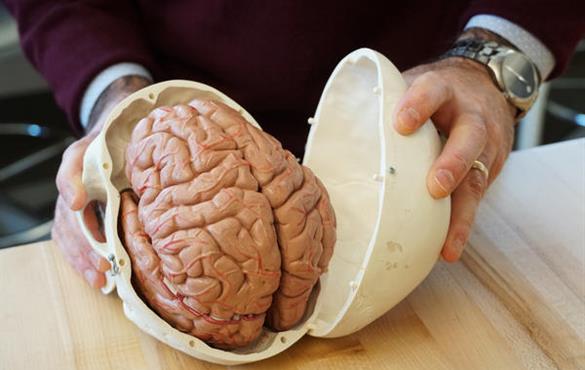
The human brain is a complex organ holding several secrets. Years after studying it, scientists uncovered the existence of sub-arachnoid space, a new layer in the anatomy of the brain.
What is the sub-arachnoid space?
Scientists from the Universities of Copenhagen and Rochester are credited with the identification of the subarachnoid space. The tissue layer helps in protecting out great and white matter and was not differentiated before. Present between the two membranes, it divides out brain’s fluid space into two.
The membrane is a few cells thick and helps in mediating the exchange of small substances between the brain. Additionally, it is also the home base of the glymphatic system and brain-specific immune cells. The glymphatic system helps in the removal of waste from the brain. The discovery is titled the Subarachnoid LYmphatic-like Membrane (SLYM) by Kjeld Møllgård and colleagues from the University of Copenhagen. The research team used dissections and two-p[hoton microscopy techniques to confirm the presence of the SLYM in the adult brain.
More on the SLYM

The research team found various types of immune cells including macrophages and myeloid cells in the region, helping in surveillance work. In mice, these cells had varied responses to natural aging and swelling. Hence, they believe the area may hold significance in disease pathologies. Further studies are vital for understanding its characteristics and gaining a better understanding of the immunity of the central nervous system and various diseases of the system.
“Physiological pulsations induced by the cardiovascular system, respiration, and positional changes of the head constantly shift the brain within the cranial cavity. SLYM may, like other mesothelial membranes, reduce friction between the brain and skull during such movements,” explained the study. “We conclude that SLYM fulfills the characteristics of a mesothelium by acting as an immune barrier that prevents the exchange of small solutes between the outer and inner subarachnoid space compartments and by also covering blood vessels in the subarachnoid space,” it added.






